- English
- Español
- Português
- русский
- Français
- 日本語
- Deutsch
- tiếng Việt
- Italiano
- Nederlands
- ภาษาไทย
- Polski
- 한국어
- Svenska
- magyar
- Malay
- বাংলা ভাষার
- Dansk
- Suomi
- हिन्दी
- Pilipino
- Türkçe
- Gaeilge
- العربية
- Indonesia
- Norsk
- تمل
- český
- ελληνικά
- український
- Javanese
- فارسی
- தமிழ்
- తెలుగు
- नेपाली
- Burmese
- български
- ລາວ
- Latine
- Қазақша
- Euskal
- Azərbaycan
- Slovenský jazyk
- Македонски
- Lietuvos
- Eesti Keel
- Română
- Slovenski
- मराठी
- Srpski језик
Introduction to Battery Meters
2023-06-29
Introduction to Battery Meters
1.1 Introduction to the functions of the electricity meter
Battery management can be considered as part of power management. In battery management, the electricity meter is responsible for estimating battery capacity. Its basic function is to monitor voltage, charging/discharging current, and battery temperature, and estimate the state of charge (SOC) and full charge capacity (FCC) of the battery. There are two typical methods for estimating the state of charge of a battery: the open circuit voltage method (OCV) and the Coulombic measurement method. Another method is the dynamic voltage algorithm designed by RICHTEK.
1.2 Open circuit voltage method
The implementation method of using an open circuit voltage method for an electricity meter is relatively easy, and can be obtained by checking the corresponding state of charge of the open circuit voltage. The assumed condition for open circuit voltage is the battery terminal voltage when the battery is resting for about 30 minutes.
The voltage curve of the battery varies depending on the load, temperature, and aging of the battery. Therefore, a fixed open circuit Voltmeter cannot fully represent the state of charge; It is not possible to estimate the state of charge solely by looking up tables. In other words, if the state of charge is estimated solely by looking up a table, the error will be significant.
The following figure shows that under the same battery voltage, there is a significant difference in the state of charge obtained through the open circuit voltage method.
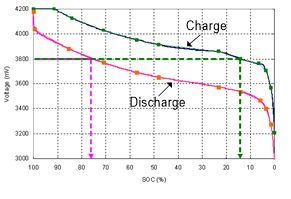
Figure 5. Battery voltage under charging and discharging conditions
As shown in the figure below, there is also a significant difference in the state of charge under different loads during discharge. So basically, the open circuit voltage method is only suitable for systems with low accuracy requirements for state of charge, such as cars using lead-acid batteries or uninterruptible power supplies.

Figure 2. Battery voltage under different loads during discharge
1.3 Coulombic metrology
The operating principle of Coulomb metrology is to connect a detection resistor on the charging/discharging path of the battery. ADC measures the voltage on the detection resistor and converts it into the current value of the battery being charged or discharged. Real time counter (RTC) provides integration of the current value with time to determine how many Coulombs are flowing.

Figure 3. Basic working mode of Coulomb measurement method
Coulombic metrology can accurately calculate the real-time state of charge during the charging or discharging process. By using a charging Coulomb counter and a discharging Coulomb counter, it can calculate the remaining electrical capacity (RM) and the full charging capacity (FCC). At the same time, the remaining charge capacity (RM) and fully charged capacity (FCC) can also be used to calculate the state of charge, i.e. (SOC=RM/FCC). In addition, it can also estimate the remaining time, such as power depletion (TTE) and power recharge (TTF).
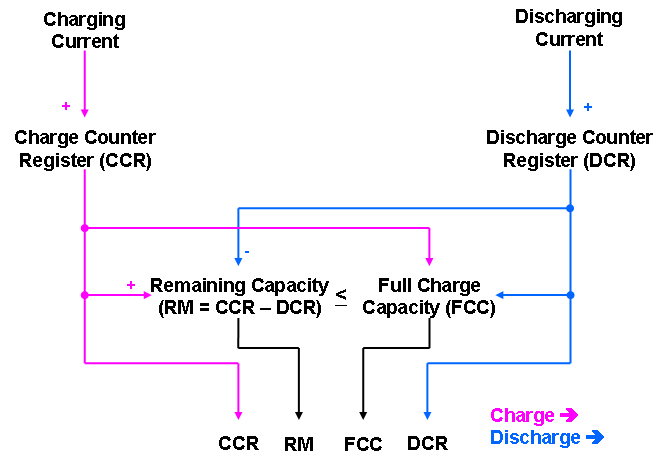
Figure 4. Calculation Formula for Coulomb Metrology
There are two main factors that cause the accuracy deviation of Coulomb metrology. The first is the accumulation of offset errors in current sensing and ADC measurement. Although the measurement error is relatively small with current technology, without a good method to eliminate it, this error will increase over time. The following figure shows that in practical applications, if there is no correction in the duration of time, the accumulated error is unlimited.
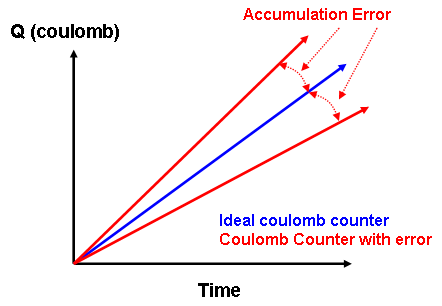
Figure 5. Accumulated error of Coulomb measurement method
To eliminate cumulative errors, there are three possible time points that can be used during normal battery operation: End of Charge (EOC), End of Discharge (EOD), and Rest (Relax). When the charging end condition is met, it indicates that the battery is fully charged and the State of Charge (SOC) should be 100%. The discharge end condition indicates that the battery has fully discharged and the State of Charge (SOC) should be 0%; It can be an absolute voltage value or it can vary with the load. When reaching a resting state, the battery is neither charged nor discharged, and it remains in this state for a long period of time. If the user wants to use the battery rest state to correct the error of coulometric method, an open circuit Voltmeter must be used at this time. The following figure shows that the state of charge error can be corrected in the above states.

Figure 6. Conditions for Eliminating Accumulated Errors in Coulombic Metrology
The second main factor causing the accuracy deviation of Coulomb metrology is the Full Charge Capacity (FCC) error, which is the difference between the designed capacity of the battery and the true full charge capacity of the battery. The fully charged capacity (FCC) is influenced by factors such as temperature, aging, and load. Therefore, the relearning and compensation methods for fully charged capacity are crucial for Coulombic metrology. The following figure shows the trend phenomenon of state of charge error when the fully charged capacity is overestimated and underestimated.
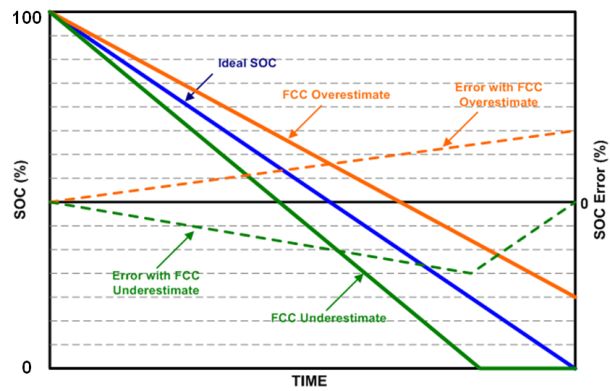
Figure 7: Trend of error when fully charged capacity is overestimated and underestimated
1.4 Dynamic voltage algorithm electricity meter
The dynamic voltage algorithm can calculate the state of charge of a lithium battery based solely on the battery voltage. This method estimates the increment or decrement of the state of charge based on the difference between the battery voltage and the open circuit voltage of the battery. The dynamic voltage information can effectively simulate the behavior of lithium batteries and determine the state of charge (SOC) (%), but this method cannot estimate the battery capacity value (mAh).
Its calculation method is based on the dynamic difference between battery voltage and open circuit voltage, and estimates the state of charge by using iterative algorithms to calculate each increase or decrease in the state of charge. Compared to the solution of Coulomb method electricity meters, dynamic voltage algorithm electricity meters do not accumulate errors over time and current. Coulombic metering meters often have inaccurate estimation of the state of charge due to current sensing errors and battery self discharge. Even if the current sensing error is very small, the Coulomb counter will continue to accumulate errors, which can only be eliminated after complete charging or discharging.
The dynamic voltage algorithm is used to estimate the state of charge of a battery based solely on voltage information; Because it is not estimated based on the current information of the battery, there is no accumulation of errors. To improve the accuracy of the state of charge, the dynamic voltage algorithm needs to use an actual device to adjust the parameters of an optimized algorithm based on the actual battery voltage curve under fully charged and fully discharged conditions.
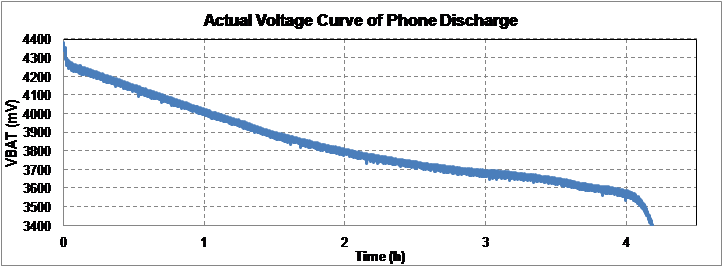

Figure 8. Performance of Dynamic Voltage Algorithm for Electricity Meter and Gain Optimization
The following is the performance of the dynamic voltage algorithm under different discharge rate conditions in terms of state of charge. As shown in the figure, its state of charge accuracy is good. Regardless of the discharge conditions of C/2, C/4, C/7, and C/10, the overall state of charge error of this method is less than 3%.

Figure 9. Performance of the State of Charge of the Dynamic Voltage Algorithm under Different Discharge Rate Conditions
The following figure shows the state of charge of the battery under short charging and short discharging conditions. The error of the state of charge is still very small, and the maximum error is only 3%.

Figure 10. Performance of the State of Charge of the Dynamic Voltage Algorithm in the Case of Short Charge and Short Discharge of Batteries
Compared to the Coulomb metering method, which usually results in inaccurate state of charge due to current sensing errors and battery self discharge, the dynamic voltage algorithm does not accumulate errors over time and current, which is a major advantage. Due to the lack of information on charging/discharging currents, the dynamic voltage algorithm has poor short-term accuracy and slow response time. Furthermore, it cannot estimate the full charging capacity. However, it performs well in terms of long-term accuracy, as the battery voltage ultimately directly reflects its state of charge.



